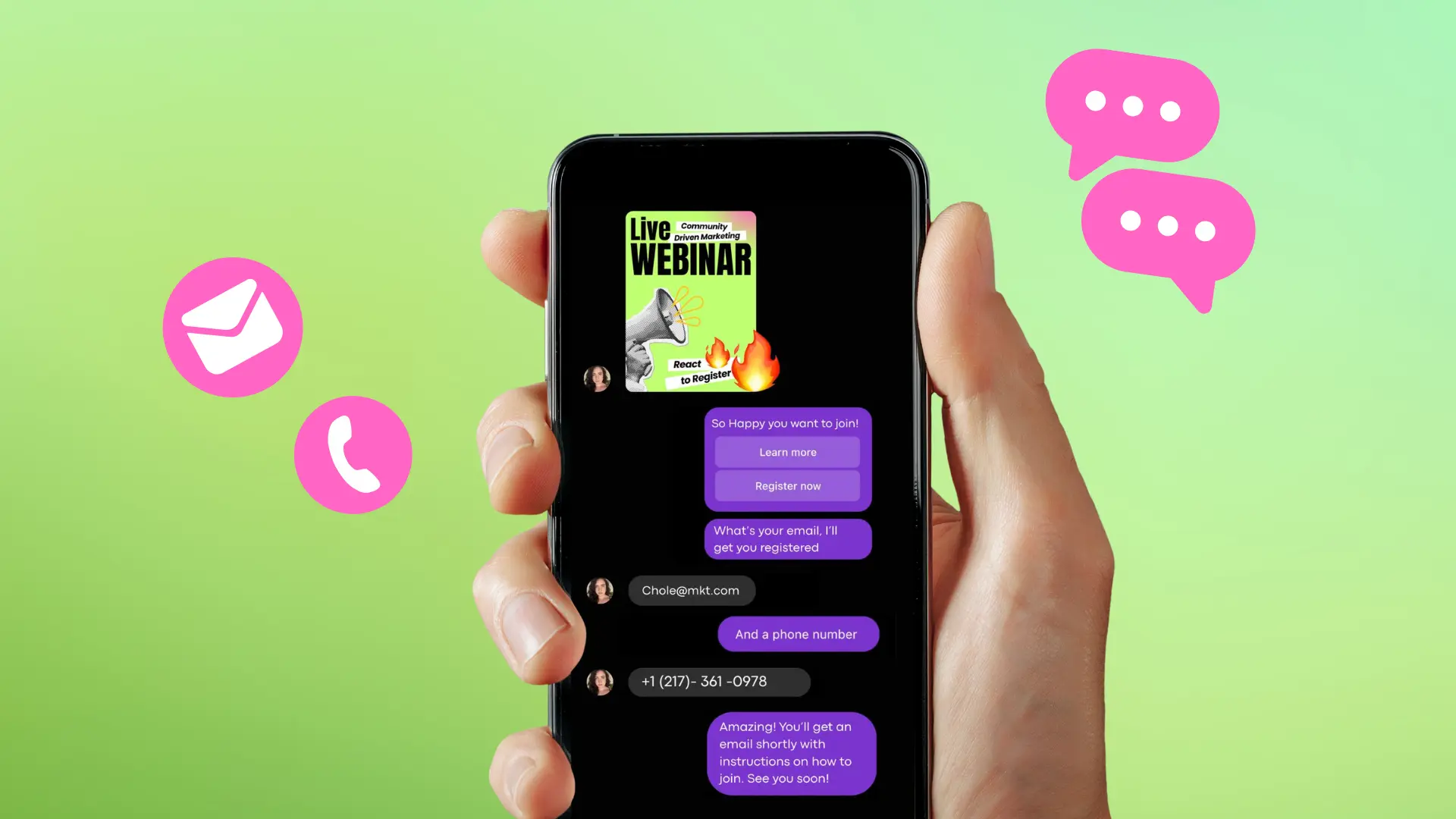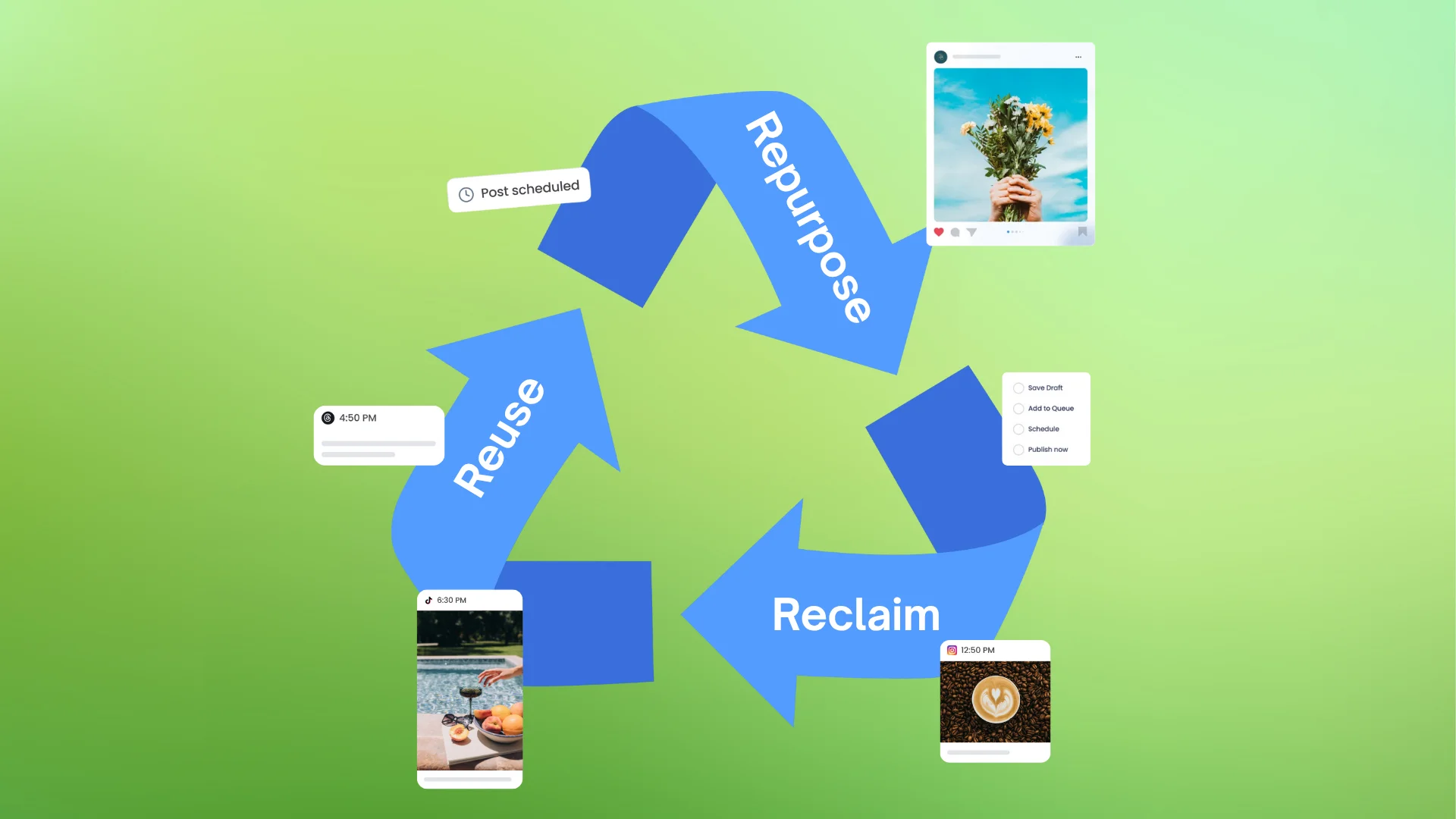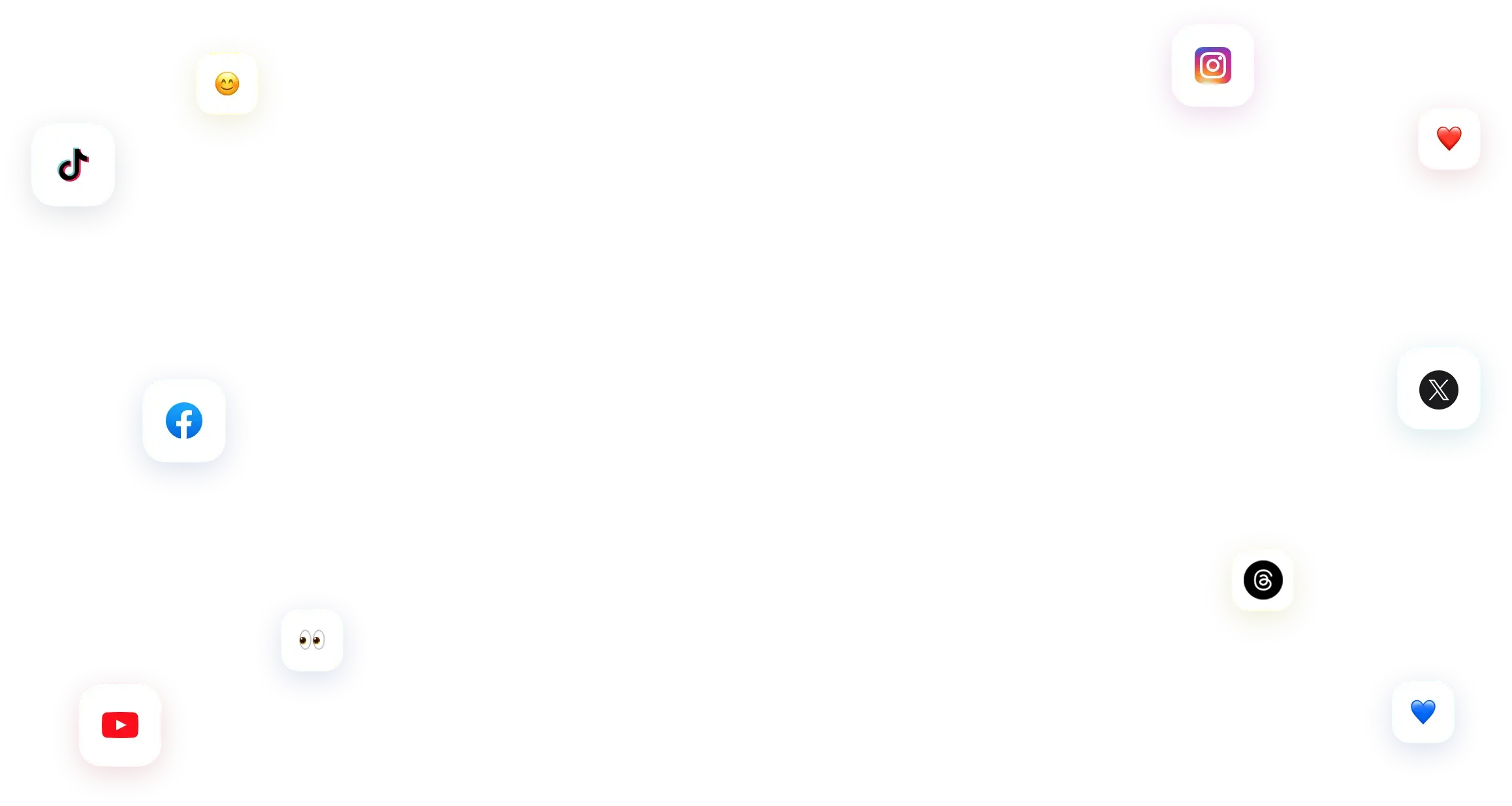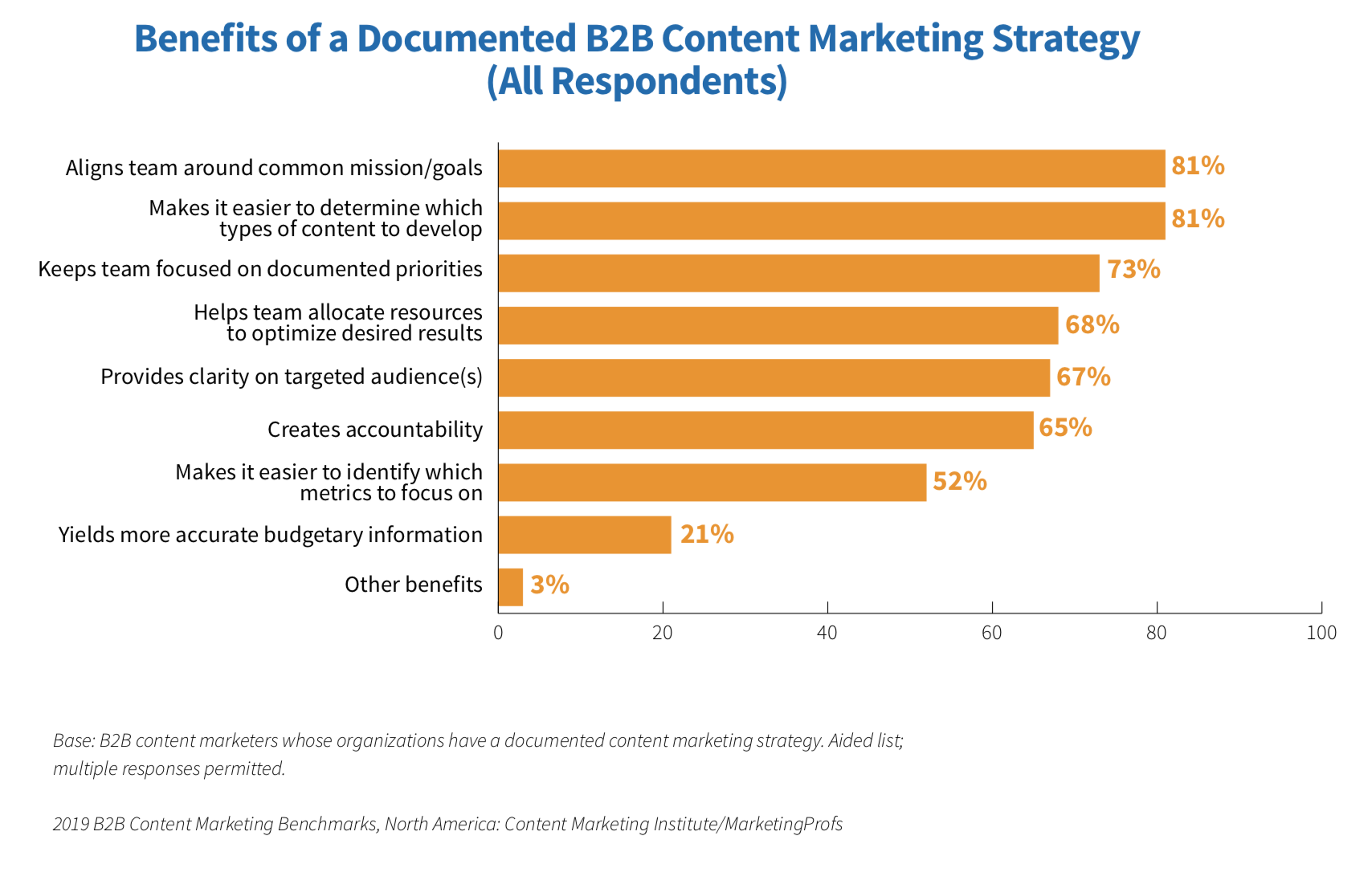New

Turn Your DMs Into Lead Gen!
Learn how to collect lead data from your DMs such as email addresses, phone numbers, and more right from your social inbox. If you are not yet automating your DMs your competitors are outpacing you.

How Something Social Saved 75% of Their Time and Increased Revenue by 15%
See how a fast-growing agency improved operations, cut down hours of manual work, and unlocked new revenue opportunities with Vista Social.
New

50 Unique Social Media Ideas for Consistent Content Creation
Discover 50 unique social media post ideas to engage your audience, grow your brand, and maintain a consistent content strategy with ease!

Mastering Content Reuse: The Key to a Consistent and Sustainable Posting Strategy
Published on April 22, 2022
5 min to read
10 Vital Steps to Create a Content Strategy for Your Business
Summarize with AI


Table of Content

Is your content bringing you the results you want? Probably not and you’re not alone either! According to the Content Marketing Institute, 65% of the most successful content marketers have a documented content strategy. Unsurprisingly, 86% of the least successful content marketers have no written strategy in place. In this article we are going to cover steps to create a content strategy so that you can start seeing the results you are destined for.
Creating a strategy gives your content plan a direction and goal. Content strategy can save you both time and money. Planning will save you time, and smart moves will save you from wasting money on useless efforts.
If you want to learn the steps to create a content strategy, you are in the right place. Take these insights and follow the path that will help you grow your business.
Table of contents
Steps to Create a Content Strategy for Your Business
Step #1: Outline Your Goals
The goal is the root from which the branches of your strategy grow from. You need to know what you want to achieve to develop actions that will help you achieve it.
Before you even start thinking about content strategy, define the goal.
Common goals of content strategy are:
- Getting more traffic to your business website
- Increasing sales rate
- Growing your number of followers on your social media accounts
- Gaining authority among your audience
- Spreading brands awareness
What goal is most important for your business right now? That’s the question you need to answer. Your goals can change with time, so you want to focus on your current needs.
If you want, you can set numbers for your goals. For example, grow traffic by 10%. The more specific you get, the higher your motivation will be.
Step #2: Carry Out a Content Audit
The next step is to revise your current content situation. What you want to focus on is:
- Your content strategy or actions up to this point (patterns, consistency, etc.)
- Most popular content pieces
- Your content misses (content pieces that got the least attention)
- Content gaps (audience’s interests you’re not covering, popular keywords you’re not targeting, and similar)
Your current standpoint reveals a lot about how your content strategy will be improved—drive relevant data and observation from your content’s past.
Step #3: Know Your Audience
Your target audience shapes your content strategy. The efforts you make and actions you take should be molded by your audience’s needs and wants. They are the key element to achieving any goal you might have.
To get a clear picture of the people you are targeting, you can do the following:
Gather data on the audience’s demographics and interests
Use web analytics, email subscribers’ data, and social media analytics to get information on your audience’s:
- Gender
- Age
- Location
- Education
- Income
- Key interests
Collect feedback from customers
Look into your survey results or conduct new surveys to collect feedback on the audience:
- Pain points
- Needs
- Content preference
- Priorities
- Desires
- Likes and dislikes
Create a customer persona
Use the demographics data, information on interests, and feedback results to create a persona that will embody your ideal customer. Customer persona will simplify the creation of content strategy. Instead of going back and forward in your customer data files, you’ll have it all outlined in one place.
Step #4: Research Your Industry and Competitors
To create original content that the audience yearns from, you need to know what’s out there.
Do thorough research on what is popular in your industry and niche. Focus on new trends, innovations, or anything that can spark new content ideas.
Benefits of researching your competitors
- Find the gaps that you can fill with your content.
- Learn from the best in the business what works.
- Look for issues in their content to know what to avoid.
The insight into competitors’ content and industry trends will give you further guidance on the best content strategy tactics.
Try Vista Social for Free
A social media management platform that actually helps you grow with easy-to-use content planning, scheduling, engagement and analytics tools.
Get Started NowStep #5: Choose Your Distribution Platforms
Spreading yourself too thin can never work out well. Identify the most suitable distribution platform to narrow down your focus.
Here are the top channels to distribute your content on:
- YouTube
- iTunes
- Quora
- Medium
When choosing distribution platforms, consider the type of content you plan to publish and where your target audience hangs out. Deciding on a few key channels will streamline your efforts and give you more space for creating high-quality content.
Step #6: Decide on Content Types
Instead of randomly throwing in different kinds of content, get more tactical.
Don’t waste time and money on content that doesn’t interest your audience. Take the results of your content audit, competitors’ research, and industry research and pinpoint what type of content suits your audience.
Here are some content types you can consider:
- Blog posts
- Infographics
- Podcasts
- Images
- Videos
- E-books
- Case studies
Diversify your content by mixing the content types that your audience favors.
Step #7: Define Content Team and Tools You’ll Use
To put your strategy in motion, you need to allocate your resources.
Things to consider when defining your content strategy:
- Team members that will be responsible for content creation
- Team members that will be responsible for publishing and maintaining content
- Tools you’ll be using for publishing workflow (for example, scheduling tools)
You need to set these details in advance. Preparing the workforce and tools for executing will keep your workflow smooth.
Step #8: Account for Consistency
“Success isn’t always about greatness. It’s about consistency,” said Dwayne Johnson famously. Keep in mind that even the most superb strategy will fall short without consistency.
Define your standards for publishing. How often do you want to publish content?
Learn how to distinguish your wishes and possibilities. Don’t set a goal of publishing every day if your team can’t handle it. Better go for less quantity but higher quality.
Step #9: Create Content Calendar
A content calendar is a place where you plan, organize, and monitor your content activity. Create it on a sharable platform such as Google Calendar to engage your team as well.
With the help of the content calendar, you will be able to achieve the following:
- Have a birds-eye view of your plan
- Ensure an inter-department and cross-department alignment
- Keep track of your milestones
- Identify gaps timely
- Schedule content and observe posting schedule
The organization of your content strategy depends on your content calendar. Therefore, ensure that you regularly update your calendar and make all changes visible.
Step #10: Observe the Performance and Make Adjustments
When you finalize your content strategy, the work mustn’t stop. Continuously measuring content performance will allow you to keep your strategy at a high level.
Revise what works for your audience and adapt your strategy accordingly.
Everything from content demands to the posts’ frequency can change. You need to be able to timely align your strategy with your audience’s changing preferences.
Final Thoughts
Content strategy needs to be planned meticulously, and it demands devotion. Is it worth it? Of course, it is! With a strategically developed content plan, you’ll be able to achieve any goal.
Follow the steps mentioned above, and you’ll create a content strategy that is perfect for your business and your goals. If you stay on the right path and show patience, you can reach any business goal you set your mind to.
Kristin Savage is a content marketing specialist and a freelance writer. She found her purpose in writing as it gives her an opportunity to exchange ideas and share her knowledge with others. Currently, she is working as a contributor writer at this website here which is a free database for essay samples and flashcards. Kristin likes to expand her fields of expertise by attending international conferences.
About the Author
Content Writer
Read with AI
Save time reading this article using your favorite AI tool
Summarize with AI
Never Miss a Trend
Our newsletter is packed with the hottest posts and latest news in social media.

You have many things to do.
Let us help you with social media.
Use our free plan to build momentum for your social media presence.
Or skip ahead and try our paid plan to scale your social media efforts.
P.S. It will be a piece of cake 🍰 with Vista Social
Subscribe to our Newsletter!
To stay updated on the latest and greatest Social Media news. We promise not to spam you!



